
5 min lesen
November 16, 2023
IoT connectivity refers to the connection of all elements within the IoT ecosystem, including sensors, gateways, routers, applications, platforms, and other systems. The requirements of IoT projects are diverse, and many utilize multiple connectivity solutions depending on their needs.
This brief overview of IoT connectivity alternatives can help you define your requirements, make informed decisions, and set your smart project on the right path.
With its unlimited potential, the Internet of Things—a technology that connects the virtual with the physical to create a better future—continues to attract market participants and investments. As competition among commercial and industrial IoT companies becomes fiercer, there is a growing need to seek crucial market differentiators that provide an additional advantage, even if only a slight one, to stand out from the competition.
Since common wireless technologies such as cellular, WiFi, and Bluetooth are already available, many IoT players overlook the necessity of proper IoT connectivity. This can lead to project failure, as the rapidly growing flood of data cannot be effectively managed.
Therefore, choosing the right connectivity option is crucial for the success of any IoT project, as it provides full control over your smart data streams. Ultimately, connecting your assets through efficient and interoperable connectivity solutions can be the key success factor.
When searching for the ideal solution for a specific project, three essential connectivity parameters must always be balanced against each other: range, bandwidth, and energy consumption. The ability to recognize your project’s needs at every stage of implementation, along with a deep understanding of the characteristics of your IoT use case, can greatly help you choose the most suitable network for your smart business. Below, you will find an overview of the most common connectivity options on the Internet of Things to better understand the trade-offs between the most widely used network technologies.
The wireless cellular connection, long used in traditional M2M networks, remains the backbone of many IoT applications and a popular choice for IoT service providers and device manufacturers. Cellular networks can address current challenges in transmitting high-resolution data to devices that are either connected to a power grid or easily rechargeable by offering the broadest possible coverage with high capacity. However, due to its high power consumption, cellular technology is not suitable for battery-operated, remote sensor networks.
In terms of range, nothing can compete with satellite internet. It is a perfect option for so-called “white spots,” i.e., areas where other types of network coverage are difficult to find. However, the advantages of this form of communication go beyond coverage. In fact, satellites are evolving into an important alternative to other connectivity types and are not just a solution for areas with no access. Wherever a wired connection is not feasible due to logistical, geographical, or economic reasons, satellite internet provides the solution.
WiFi signals can transport significantly more data with transmission capabilities at frequencies of 2.4 GHz or 5 GHz, but they come with the disadvantage of relatively short range and high power consumption. For this reason, the Internet of Things has widely adopted WiFi networking in short-range applications that do not require high power consumption, such as home automation systems. The newer WiFi protocols HEW (802.11ax) and HaLow (802.11ah) are more IoT-oriented and address range and energy issues in the industrial IoT context.
Bluetooth has become widespread in consumer electronics as it provides a high-bandwidth connection for portable devices. Bluetooth consumes less power and requires significantly less time to establish a connection between two devices than WiFi. It is not only used in IoT-related consumer devices but also in industry, such as for monitoring assets indoors where limited range is not an issue. Bluetooth is an excellent solution for many other smart indoor applications where GPS-based tracking is not an option, as it is easy to install and causes minimal signal interference in areas with multiple frequencies.
Ethernet is a networking technology that connects wired local area networks (LANs) and enables interaction between devices. Additionally, Ethernet serves as a protocol that governs data transmission over the LAN. It defines how network devices send data packets and structure them so that other network devices within the same network segment can receive, process, and identify them. If we want to use the Ethernet standard, we must physically connect devices using cables, such as linking a router to a computer. This is the best option when data needs to be downloaded and uploaded very quickly. Using an Ethernet connection prevents signal weakening and ensures stable data transmission speeds.
Given the disruptive power of the Internet of Things, connectivity technology is evolving rapidly to meet the demands of new application scenarios. However, no universal perfect solution has yet emerged to resolve all technological and analytical challenges associated with the Internet of Things. Therefore, when selecting the appropriate IoT connectivity solution, the focus must be placed on the uniqueness and specific needs of individual use cases.

October 8, 2025
The biomethane sector is entering a decisive phase. Driven by climate targets, stricter regulations, and rising demand for renewable energy, the market is experiencing rapid growth. Yet, this expansion also creates new op...

February 3, 2025
The future of ERP lies in more efficient and flexible business solutions. In this article, you will discover how .NET-based ERP systems help you optimize processes while remaining adaptable. Explore the key benefits and technological advancemen...